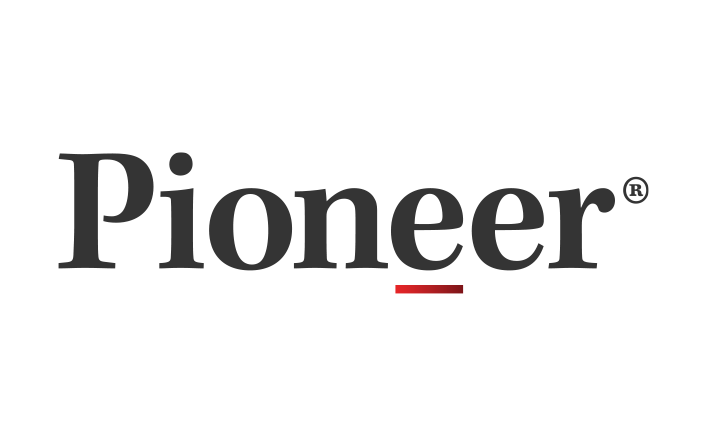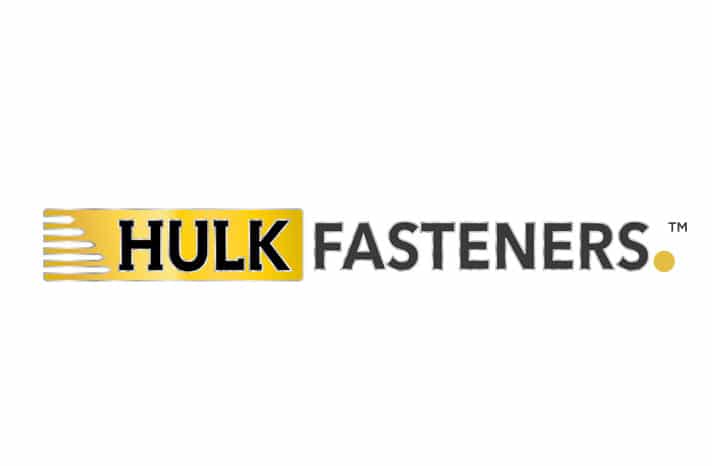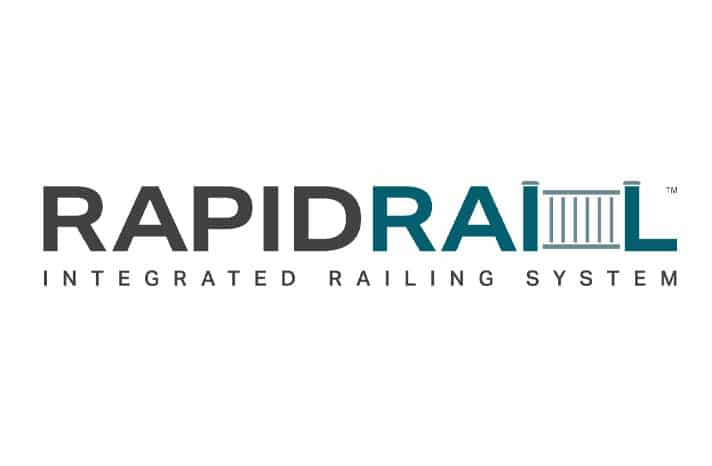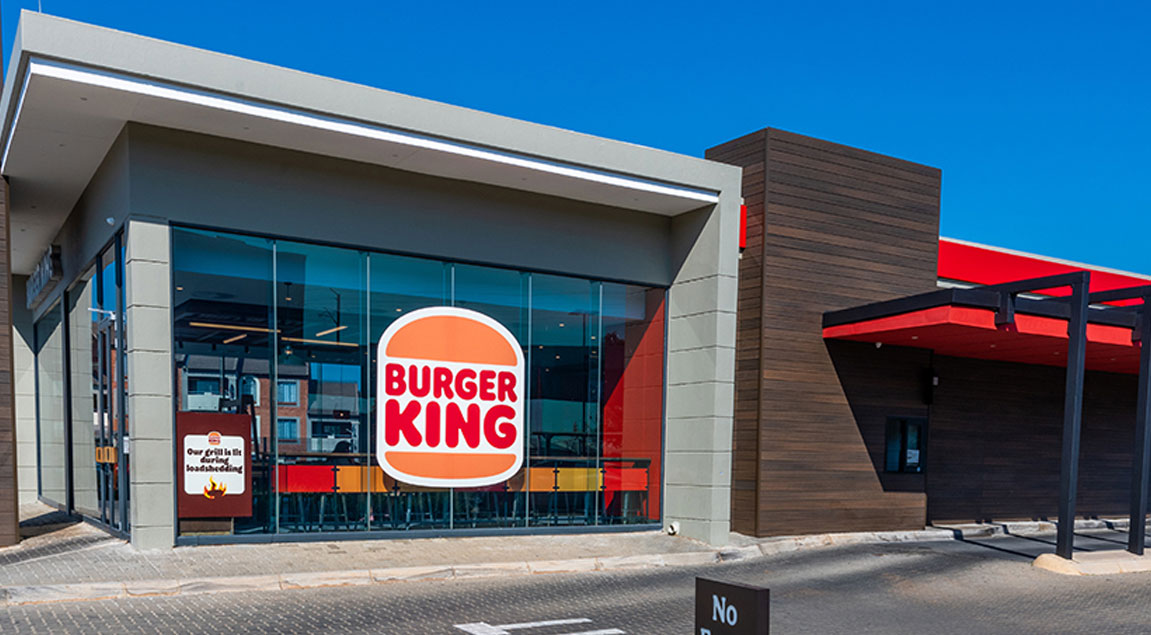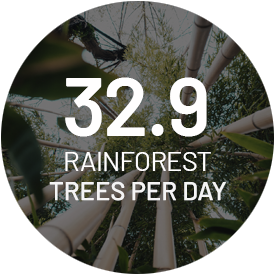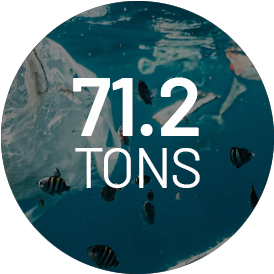HOW ORGANISATIONS ARE RESPONDING TO RESHAPED GLOBAL SUPPLY CHAINS
By Craig Parker, Chief Operating Officer, Eva-Last building materials group
The Covid-19 pandemic disrupted global supply chain activity, with shipping and port activity slowed or brought to a halt. Around 12% of global shipping capacity was effectively removed, equating to 3 million twenty-foot containers, which caused shipping imbalances and soaring rates. While we anticipate shipping pricing will reduce over time as activity normalises, manufacturers, suppliers and clients have had to look at new ways of managing their supply chains to ensure the sustainability of their businesses.
During the two-year span of the pandemic, businesses have been challenged by more than elevated shipping pricing. Capacity constraints, port congestion, re-routing of cargo and schedule reliability that dropped from 78% in 2019 to 30.9% in late 2021, resulted in planning difficulty, creating the potential for the worst-case scenario of project timeline overruns and penalties due to delays in supply of materials.
In terms of planning and resolving crises, many executive teams have also struggled due to travel bans and lack of access to manufacturing sites and customer markets. This has constrained both product development and sales activity for businesses with offshore operations.
Smaller manufacturers and suppliers with less buying power due to lower volumes have also suffered greater knocks to their margins while trying to remain competitive in their markets.
Despite many regions gradually easing restrictions on travel and logistics, the global supply chain environment remains unpredictable – including geopolitical factors that could raise fuel surcharges per container and create potential further unpredictable shipping constraints in certain markets. We just don’t know what this impact could be.
The ability of some organisations to respond to these challenges quickly and in an agile manner has changed the competitive landscape. As a building materials group with a joint-venture manufacturing facility in China, Eva-Last was not only subject to pandemic-related challenges but further obstacles in the form of tariffs placed on Chinese imports into the US by the government.
Like many businesses suddenly faced with unprecedented constraints, we needed to recapacitate our business with specialist skills resources to apply greater focus to supply chain activities. This allowed us to consider different options in distribution to reduce costs, manage our margins and maintain our market presence.
The major learning for us and all other organisations is that we can no longer rely on a single solution and assume it will remain viable. We require multiple options so that we can move goods quickly through global supply chain shifts and changes. Many businesses reliant on the regular flow of shipping containers did not have an immediate alternative.
Our initial response was to relook at how we shipped our products, as well as our packaging to fit more product into a container to reduce the cost per unit shipped. Eva-Last has also improved its demand planning by bringing processes forward by several weeks to counter supply chain delays.
What has become key to product availability is the holding of more inventory closer to markets. However, this comes with cash flow implications. Many businesses are considering decentralised models for manufacturing, where owned or contract manufacturing options can ensure regional availability. During the pandemic it has paid to have multiple logistics partners – particularly those with ownership in shipping lines who have greater leverage. Multiple partnerships can reduce reliance and risk of availability and pricing when there are major disruptions.
Shipping and manufacturing constraints have come with another significant learning for most organisations: having reliable and trustworthy partners allows you to focus on agility rather than spending time assessing whether they are carrying out their role adequately. This comes down to effective and frequent communication. In certain cases we have been able to share the burden of margin compression so that we can maintain a presence in markets during a challenging period.
In that vein, technology can and should give a business much greater visibility in managing a supply chain. Availability of accurate and real time information allows the business to react and respond much more quickly and assists in making better commercial decisions. In conjunction with planning software solutions, Eva-Last has embarked on a process of reviewing its internal processes to improve visibility of meaningful information.
New benchmarks have been set and global supply chains will be forever altered. The pandemic has served as a critical period for organisations to reassess and reorganise their supply chains to accelerate growth once economic activity normalises. Investing time, capital and effort in strengthening our supply chain management capacity is where we believe Eva-Last stands to benefit most.
During the two-year span of the pandemic, businesses have been challenged by more than elevated shipping pricing. Capacity constraints, port congestion, re-routing of cargo and schedule reliability that dropped from 78% in 2019 to 30.9% in late 2021, resulted in planning difficulty, creating the potential for the worst-case scenario of project timeline overruns and penalties due to delays in supply of materials.
In terms of planning and resolving crises, many executive teams have also struggled due to travel bans and lack of access to manufacturing sites and customer markets. This has constrained both product development and sales activity for businesses with offshore operations.
Smaller manufacturers and suppliers with less buying power due to lower volumes have also suffered greater knocks to their margins while trying to remain competitive in their markets.
Despite many regions gradually easing restrictions on travel and logistics, the global supply chain environment remains unpredictable – including geopolitical factors that could raise fuel surcharges per container and create potential further unpredictable shipping constraints in certain markets. We just don’t know what this impact could be.
The ability of some organisations to respond to these challenges quickly and in an agile manner has changed the competitive landscape. As a building materials group with a joint-venture manufacturing facility in China, Eva-Last was not only subject to pandemic-related challenges but further obstacles in the form of tariffs placed on Chinese imports into the US by the government.
Like many businesses suddenly faced with unprecedented constraints, we needed to recapacitate our business with specialist skills resources to apply greater focus to supply chain activities. This allowed us to consider different options in distribution to reduce costs, manage our margins and maintain our market presence.
The major learning for us and all other organisations is that we can no longer rely on a single solution and assume it will remain viable. We require multiple options so that we can move goods quickly through global supply chain shifts and changes. Many businesses reliant on the regular flow of shipping containers did not have an immediate alternative.
Our initial response was to relook at how we shipped our products, as well as our packaging to fit more product into a container to reduce the cost per unit shipped. Eva-Last has also improved its demand planning by bringing processes forward by several weeks to counter supply chain delays.
What has become key to product availability is the holding of more inventory closer to markets. However, this comes with cash flow implications. Many businesses are considering decentralised models for manufacturing, where owned or contract manufacturing options can ensure regional availability. During the pandemic it has paid to have multiple logistics partners – particularly those with ownership in shipping lines who have greater leverage. Multiple partnerships can reduce reliance and risk of availability and pricing when there are major disruptions.
Shipping and manufacturing constraints have come with another significant learning for most organisations: having reliable and trustworthy partners allows you to focus on agility rather than spending time assessing whether they are carrying out their role adequately. This comes down to effective and frequent communication. In certain cases we have been able to share the burden of margin compression so that we can maintain a presence in markets during a challenging period.
In that vein, technology can and should give a business much greater visibility in managing a supply chain. Availability of accurate and real time information allows the business to react and respond much more quickly and assists in making better commercial decisions. In conjunction with planning software solutions, Eva-Last has embarked on a process of reviewing its internal processes to improve visibility of meaningful information.
New benchmarks have been set and global supply chains will be forever altered. The pandemic has served as a critical period for organisations to reassess and reorganise their supply chains to accelerate growth once economic activity normalises. Investing time, capital and effort in strengthening our supply chain management capacity is where we believe Eva-Last stands to benefit most.






